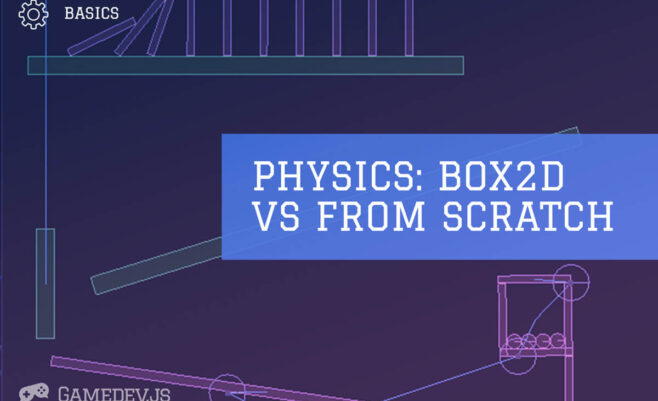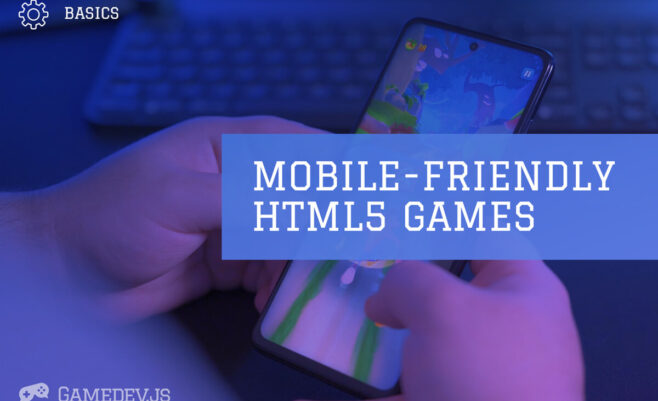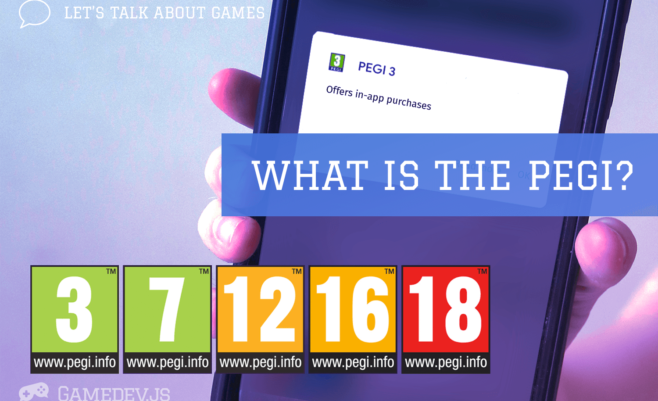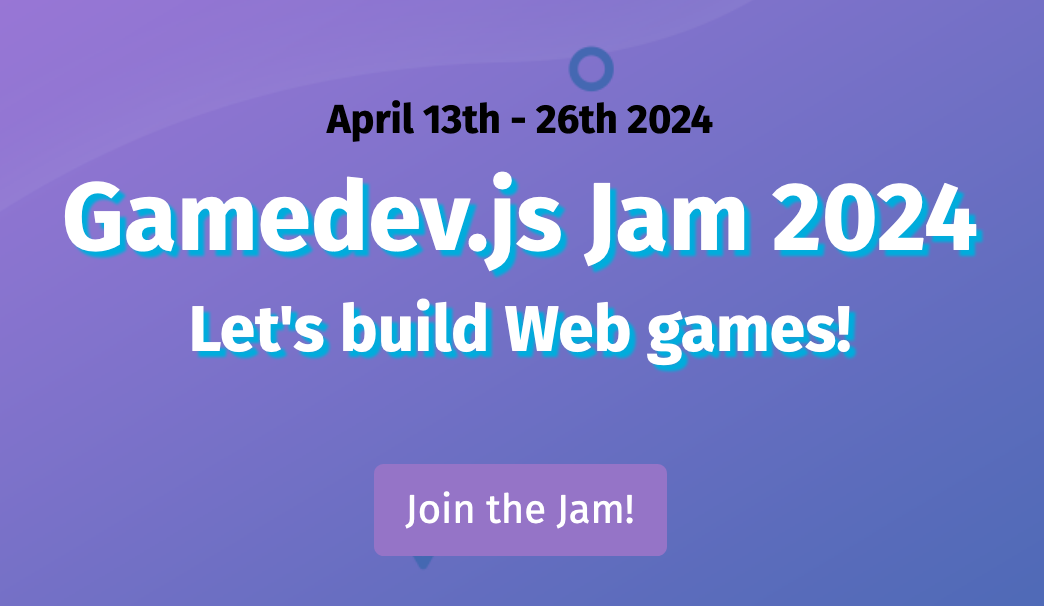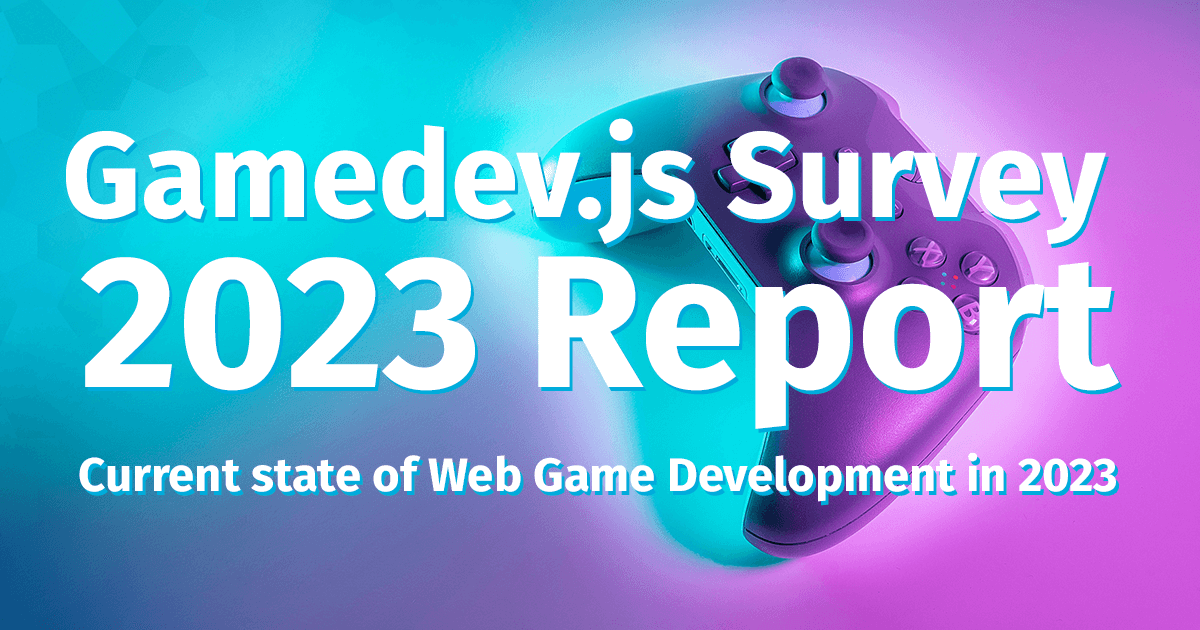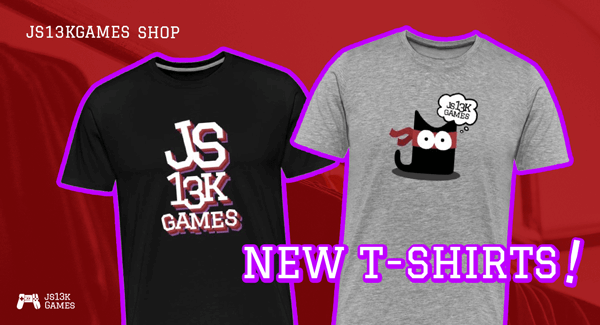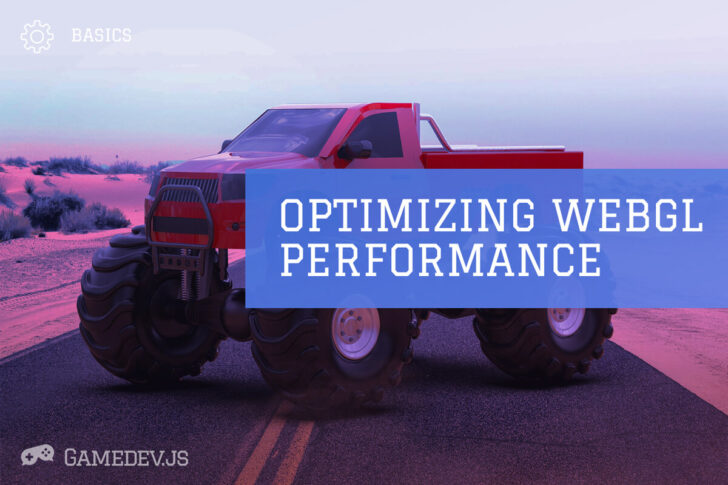
Optimizing game performance is crucial for creating a smooth and responsive gaming experience, especially when working with WebGL, a JavaScript API that allows for interactive 3D and 2D graphics in web browsers without the use of plug-ins. There are a number of best practices that can be followed to optimize the performance of WebGL games.
Draw calls
One of the most important best practices for optimizing WebGL game performance is to minimize the number of draw calls. Each time the gl.drawArrays() or gl.drawElements() function is called, the GPU must process the data in the vertex buffer and rasterize the primitive. By minimizing the number of draw calls, the GPU can process the data more efficiently, resulting in better performance. One way to minimize the number of draw calls is to use vertex buffer objects (VBOs) and index buffer objects (IBOs) to store the vertex data and indices. This allows for the vertex data and indices to be stored on the GPU, reducing the amount of data that needs to be transferred to the GPU each frame.
Instancing
Another best practice is to use instancing. Instancing allows for the same vertex data to be reused multiple times with different uniforms, such as position, scale, and rotation. This reduces the amount of data that needs to be transferred to the GPU and allows for the GPU to process the data more efficiently.
Texture changes
Another important factor for optimizing WebGL game performance is to minimize the number of texture changes. Each time the active texture changes, the GPU must flush the pipeline and bind the new texture. By minimizing the number of texture changes, the GPU can process the data more efficiently, resulting in better performance. One way to minimize the number of texture changes is to use texture atlases. A texture atlas is a single large texture that contains multiple smaller textures. This allows for multiple textures to be used in a single draw call, reducing the number of texture changes.
Profiling tools
A best practice is also to use GPU profiling tools. These tools allow you to monitor the GPU’s performance and identify performance bottlenecks, such as high CPU usage, high GPU usage, or high memory usage. The GPU profiling tools can help you to identify the specific areas that need to be optimized and to make more informed decisions about how to optimize your code.
requestAnimationFrame
Another important thing to follow is to use requestAnimationFrame instead of setTimeout or setInterval. This allows the browser to synchronize the animation with the display refresh rate, which can help to improve performance and reduce jitter.
Code minifier
It’s also important to use a code minifier and to minify your assets before deploying your game. This will reduce the size of your files, which will reduce the amount of data that needs to be transferred to the browser, improving the load time and the performance of your game.
Being up-to-date
Don’t forget to use the latest version of WebGL, as it provides better performance, security and features.
Conclusion
There are a number of best practices that can be followed to optimize the performance of WebGL games. These include minimizing the number of draw calls, using instancing, minimizing the number of texture changes, using GPU profiling tools, using requestAnimationFrame, using a code minifier, minifying assets and using the latest version of WebGL.
By following these best practices, developers can create WebGL games that run smoothly and efficiently on a wide range of devices. It’s important to keep in mind that performance optimization is an ongoing process that requires constant monitoring, testing and tweaking to achieve the best results.
It’s also important to keep in mind that performance optimization is a balance between functionality and performance, and it’s important to strike the right balance to create a great user experience. With the right approach, developers can create high-performing WebGL games that provide a smooth and engaging experience for players.

